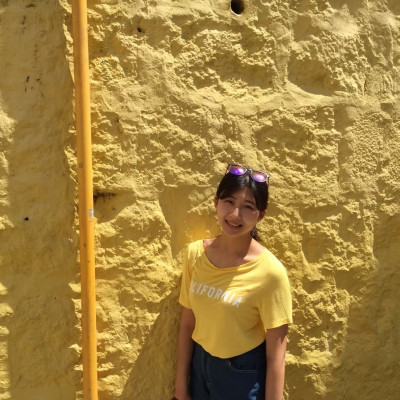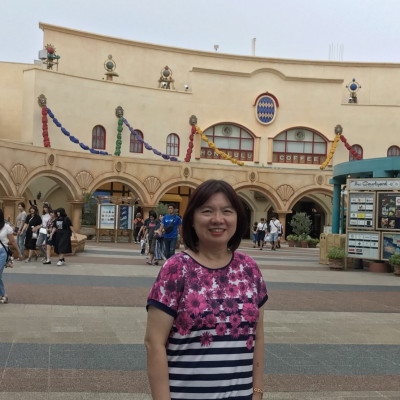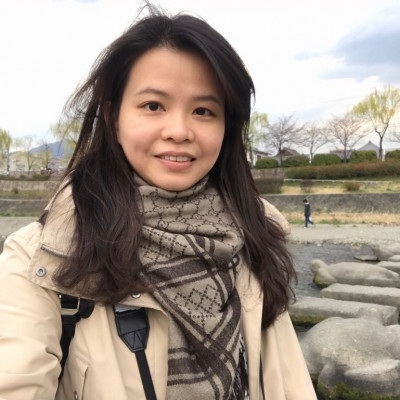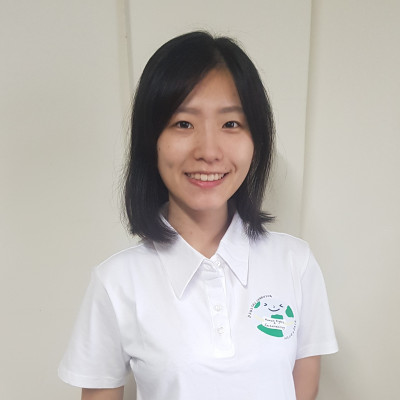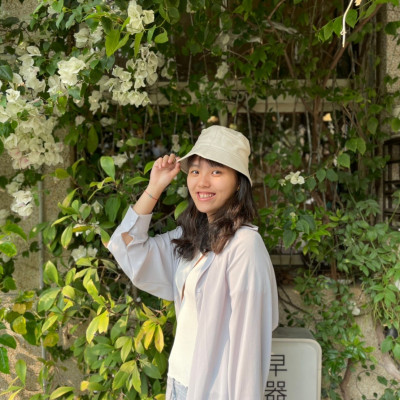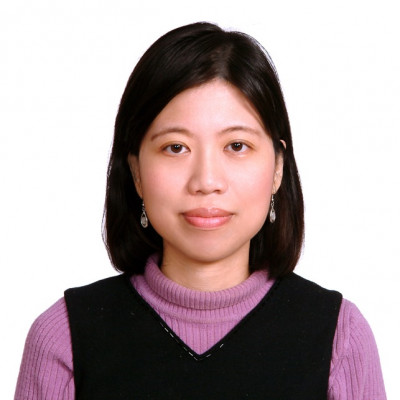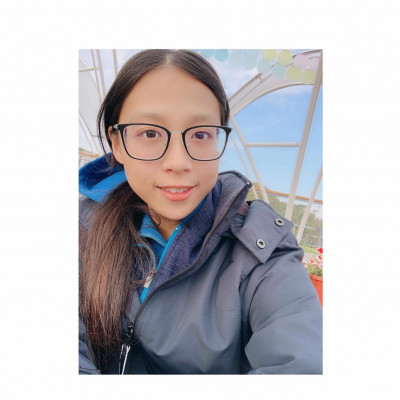Sessions / CLIL
CLIL Teachers’ Collaboration Process in a Primary School #2533
Content and Language Integrated Learning (CLIL) is a dual-focused educational approach in which language is used as tool for the learning and teaching of content. It has been widely adopted in various contexts, and many studies have been conducted to investigate the effects of such programs on students’ language learning, content learning, attitudes and motivation. The findings of previous research indicated that some CLIL programs were successful, while others failed to produce positive results. As CLIL programs is interdisciplinary, one of the factors that affect the success of CLIL is the collaboration between language teachers and content teachers. However, very few studies were conducted to document the collaboration process of CLIL teachers. Thus, the present study explored the collaboration between English teachers, the collaboration between English teachers and content teachers, and the participating teachers’ professional development in a CLIL program through observation, interviews, and analysis of documents. The participants were 2 English teachers and 7 content teachers in a primary school in Taiwan. Through analyzing qualitative data, the present study found the frequency of CLIL teachers’ interdisciplinary meetings, the participants in the meetings, and the interaction between English teachers and content teachers in the CLIL classroom had changed over time during the implementation process. Moreover, the participating teachers gradually increased their understanding of the important concepts related to CLIL and integrated these concepts into the design of lesson plans and teaching materials. Based on these findings, some pedagogical suggestions for teachers to implement CLIL programs and collaborate in such programs will be provided at the end of the paper presentation.
How Interactive CLIL Teaching Design Impacts Middle School Students' Learning Experience #2535
Alongside the implementation of the Ministry of Education's 2030 bilingual national policy and competency education (12-Year Basic Education), how to incorporate bilingual, diversified, and interactive teaching materials becomes the top priority for curriculum design. Moreover, middle school students have more opportunities than ever to learn via the Internet and a variety of digital learning media in the post-epidemic period. Therefore, this research intends to determine how interactive media can enhance middle school students’ bilingual learning experience.
This research utilizes a two-hour bilingual and interactive teaching plan and collects students’ feedback before and after instruction. Before proceeding with teaching in a middle school in Taichung City, our teaching plan was discussed and revised with the subjects of history and civic and society teachers. The teaching plan includes many teaching media, such as using self-made English YouTube videos, Instagram, and worksheets to merge interactive treatments and bilingual teaching materials.
After the instruction, most of the students perceived that this 2-hour bilingual lesson was a helpful experience for learning (mean=3.16/ 4-points-Likert scale). A paired sample T-test to compare students’ experiences before and after the learning intervention shows that there was a significant difference after this treatment. Therefore, integrating interactive media into teaching can be a useful strategy for bilingual learning.
A Case Study on Native English-speaking Teachers Perspective toward Conducting CLIL in New Taipei City Elementary Schools #2534
This paper is to understand native English-speaking teachers’ perspective toward conducting the Content and Language Integrated Learning (CLIL) into the real classroom in Taiwan public elementary schools. As we know, the Taiwan government policy aims to develop Taiwan into a bilingual Nation by 2030. The two major objectives are ‘elevating national competitiveness’ and ‘ cultivating people’s English proficiency’. Hence, to help Taiwan to become a bilingual country (National Development Council, 2021), bilingual education has become increasingly popular in elementary levels. The literatures represented that CLIL instruction has viewed as an approach to promote students language competence and subject knowledge. Many schools tries to enhance students’ bilingual competence, so they have involved part of subjects or contents to teach in English, such as math, music history and science. English proficiency is believed to become a key factor to develop overall knowledge learning. In order to teach like North American style or so called Native like, the recruiting of native English-speaking speakers from other countries to teach in Taiwan has been used by policy makers as a strategy to improve their CLIL teaching abilities. The levels of local teachers’ English competence are perceived as a barrier to conduct CLIL well enough in class. However, to invite native English-speaking teachers has become the critical issues. What’s the native English-speaking teacher attitude toward implement CLIL in class? how they cooperative with local teachers? And how they deal with discrepancies between knowledge and linguistic skills while teaching in class. Data were collected from various sources, online Individual semi-structured interview, classroom observations and document review. Six native English-speaking teachers are from the United States, United Kingdom, Australia, and Canada. The findings indicated that native English-speaking teachers should been repositioned clearly once they are teaching in Taiwan. They obtain the similar concerns with local teachers regardless of three aspects; the level of students’ English competence, the intention of using CLIL in class, and the cultural issues of working with local teachers. Native teachers finally argues that there are gaps between government policy, school goals and their implementation are still problems while conducting CLIL.
To enhance middle school students’ learning effectiveness and confidence through a curriculum designed using CLIL, digital media and ORID methods. #2537
In response to the national policy of developing Taiwan as a bilingual nation in 2030 and implementing competency education (12-year basic education), how to enhance students’ English proficiency and learning effectiveness has become a very important educational issue. Alongside the demand to shape a sustainable future, this research forms an integrated curriculum design related to sustainability and a circular economy. This curriculum is combined with bilingual digital media, CLIL teaching methods and one of the focused conversation skills – ORID. To evaluate integrated curriculum design, this research will proceed with a teaching illustration and collect students’ responses to self-efficacy and learning feedback. Before proceeding with the illustration, researchers will discuss and revise teaching plans together with civic and society teachers from middle schools. While proceeding with the teaching illustration, an illustrator will appropriate CLIL teaching and learning models, combining these with Mandarin and English teaching materials, including digital media to boost learners’ comprehension. At the end of this teaching illustration, the illustrator will use an ORID method to encourage students to discuss and form their own opinions in English. After the teaching illustration, researchers will exam all feedback and data collected from the students. In doing so, this research intends to examine how CLIL bilingual teaching materials, digital media and ORID methods can improve learners’ learning effectiveness and confidence Through a paired sample T-test, using CLIL bilingual teaching materials and a group discussion method can improve students’ self-efficiency in an elective course (pre mean=24.03, post mean=25.75, p<0.05), and bilingual lessons’ learning effectiveness (pre mean=13.31, post mean=15.1, p<0.001). After the class, students finish their posters, designed by an ORID method, and conduct peer assessment. By doing so, student can appreciate other teams’ posters, recognizing that bilingual lessons are achievable and feeling confident about them. Thus, using a group discussion method in teaching can be a useful strategy for bilingual learning.
Vlogs as a resource for CLIL teaching—An example of culinary English instruction #2513
Content and Language Integrated Learning (CLIL) has been a trend for contemporary education that aims to develop learners’ language competence and content knowledge simultaneously. Based on the example of culinary English instruction, this study proposes that vlogs can be appropriate authentic CLIL materials to expand learners’ content knowledge about culinary arts and cultivate linguistic competence in specialized lexicon, cuisine-related discourse, and characteristics of recipe telling. Five clips produced by different food vloggers were analyzed and adapted for pedagogical use, towards which learners’ perceptions were then explored through a self-designed questionnaire after the vlog-based instruction. The results show that in addition to specialized terms and dish-making instruction, vloggers’ sharing of food culture information, personal experiences, and suggestions for cooking could be practically applied to learning tasks such as cloze tasks, unscrambling practice, and creativity-based questions and was suggested to further extend to hands-on tasks. When implemented in lessons, the vlog-based materials were positively perceived as interesting, useful, and efficient both in reducing learning anxiety and in raising competence in listening comprehension, specialized lexicon, food culture, and culinary skills. Finally, based on the findings, this study offers suggestions for the selection and use of vlogs for instruction.
Pluriliteracies Teaching for Deeper Learning in multilingual classrooms: the latest craze, critical responsiveness or responsible activism? #2496
In this session I shall explore the implications for change and development in pedagogic thinking which are urgently needed in our multilingual classrooms to enable our young people to be equipped with the knowledges and skills to be active, contented global citizens in the ‘here and now’ and the near future. This calls on subject teachers and language teachers alike. The ‘literacies turn’ has invited educators and researchers to reconceptualise language (s) learning and language (s) using which bring into question an over emphasis on linguistic fluency. As increasing attention focussing on the role of textual fluency across and within languages gains momentum, so too does an understanding of the underlying principles and practices needed to construct dynamic learnscapes or classroom ecologies for deeper learning. These not only promote integrated learning (CLIL) but identify ways of deepening conceptual development, critical engagement, resilience and agency within and across subject disciplines, languages and intercultural practices. In our rapidly changing landscape, disruptive thinking provides us with a rich canvass on which to draw our futures thinking pedagogic design and practices. The pluriliteracies movement is not going away…….
ZOOM ZOOM! POWER CAR #2545
Students can analyze and explain the characteristics of each energy, and know the power origin from power car. By understanding the principle about power cars via 5E Learning Cycle, students can nourish essence of scientific inquiry and practice.
